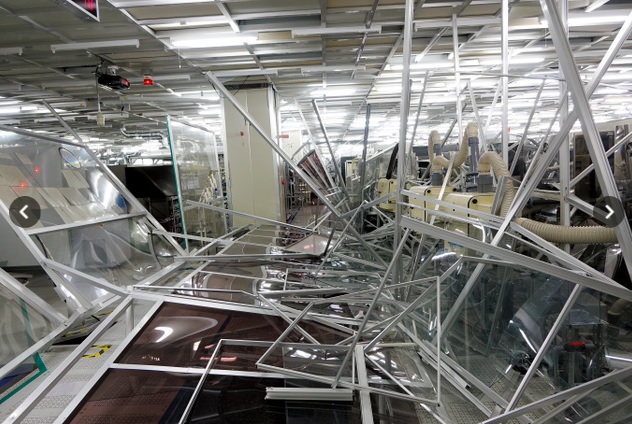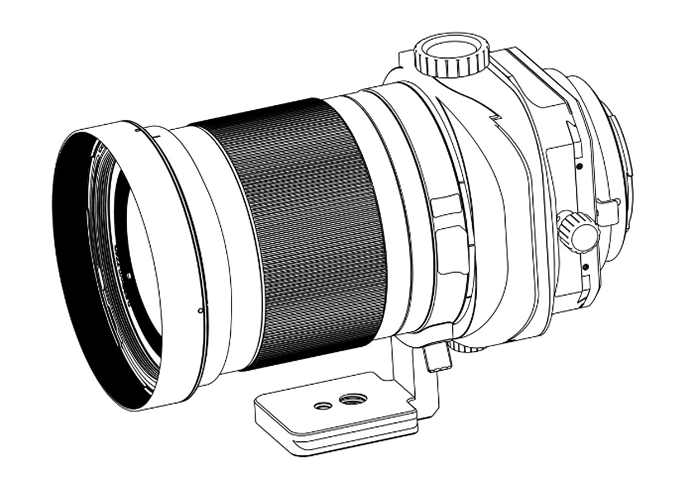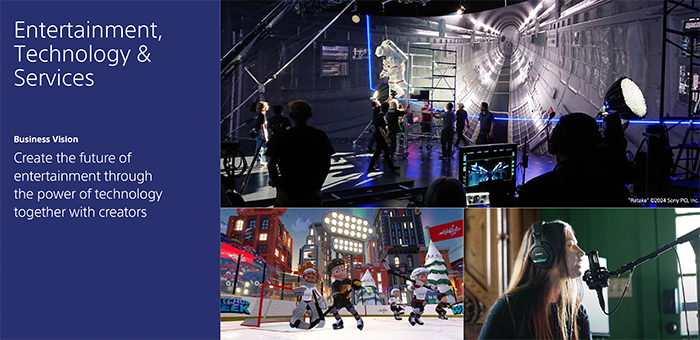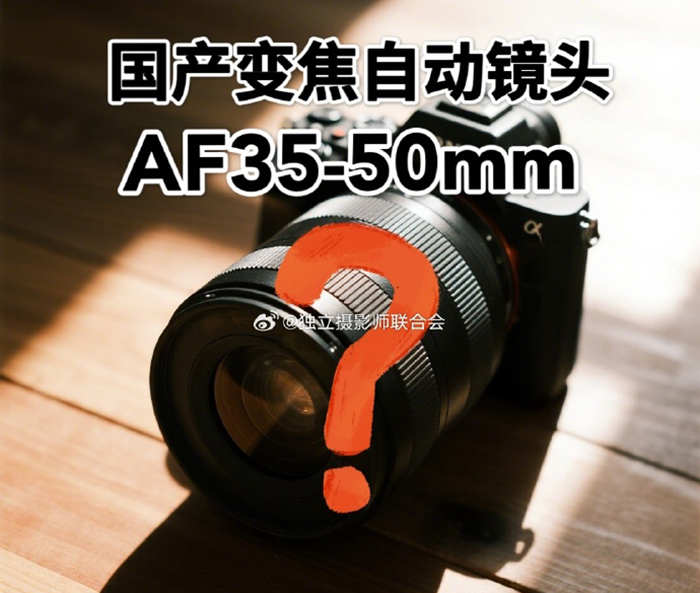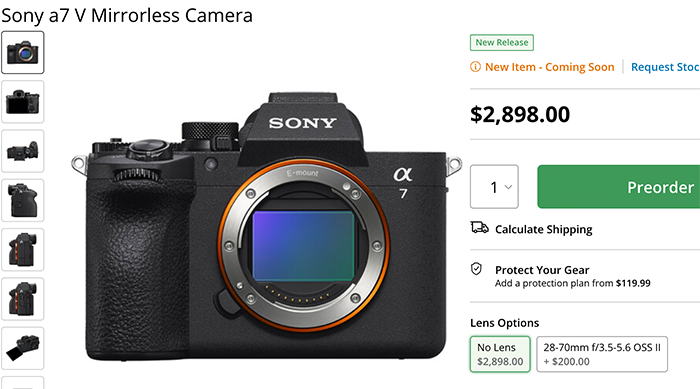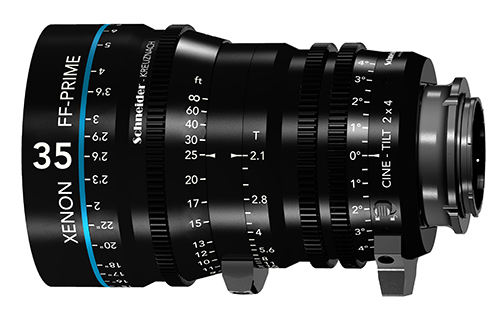
Schneider announced a new line of Xenon FF-Prime Cine-Tilt Lenses that are made for the Sony E-mount system only! The lenses are 25mm, 35mm, 50mm, 75mm and 100mm – all at T2.1. The lenses will ship in Spring for a yet to be determined price.
Press text:
New Xenon FF-Prime Cine-Tilt Lenses from Schneider-Kreuznach
World’s first Full Frame Cine Primes to offer dynamic Tilt functionality
To enhance today’s dynamic cinematography, Schneider-Kreuznach introduces Xenon FF-Prime Cine-Tilt lenses. This groundbreaking new version combines similar form-factor and capabilities of the company’s popular Full-Frame Primes with added tilt function up to ±4°. By sustaining the field of view during focus and tilt actions, the new Cine-Tilt design makes possible previously unimaginable images from the freely moving and tilting focus planes. The new lenses offer the potential to utilize out-of-focus areas in the frame, especially when tilt is used with large apertures. A 4° tilt angle at the sensor plane corresponds to an 80° focal plane, which varies according to the focal length and aperture setting selected.
Like Schneider’s standard Xenon FF-Primes, the new version answers today’s practical needs yielding full-frame imagery, beyond 4K, in a lightweight and compact, uniform dimension package. The color-matched lenses feature minimized breathing and a bokeh reminiscent of classic Hollywood. Designed and built in Germany, the new design provides sophisticated mechanics for smooth and accurate tilt action. The lens’ tilt is controlled via a high precision ring with 120° rotation that is as intuitive to operate as pulling focus. Due to the common 0.8 module gear, the Cine-Tilt is usable with standard follow-focus systems.
Cine-Tilt lenses offer the multifold benefits of standard Xenon FF-Primes plus tilt functionality, so there’s is no need to swap out lenses during a shot. With the tilt set at 0° the Cine-Tilt lenses provide identical images as the standard FF-Primes. The consistent set comprises focal lengths of 25mm, 35mm, 50mm, 75mm and 100mm – all at T2.1.
Cine-Tilt FF-Primes will be available this spring individually or as a set, in Sony E-Mount.
Background information and applications examples can be found at www.facebook.com/SchneiderKreuznachCINE. For the US contact: Schneider Optics, NY: 631-761-5000, CA: 818-766-3715, or visit www.schneideroptics.com
